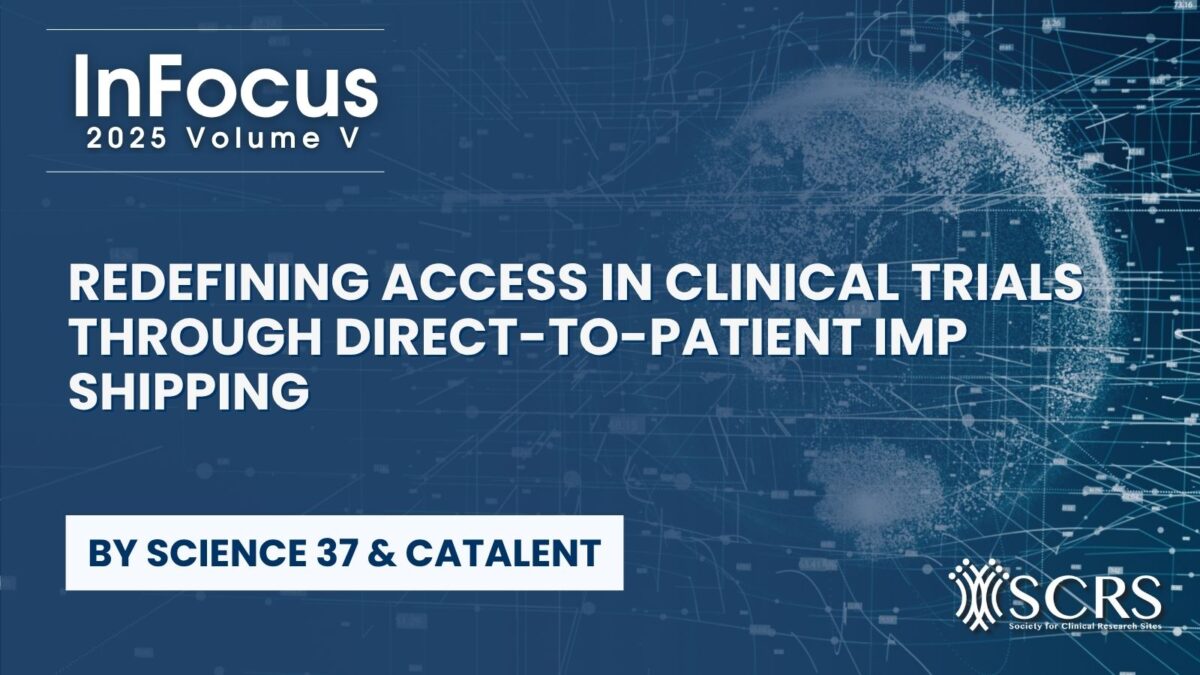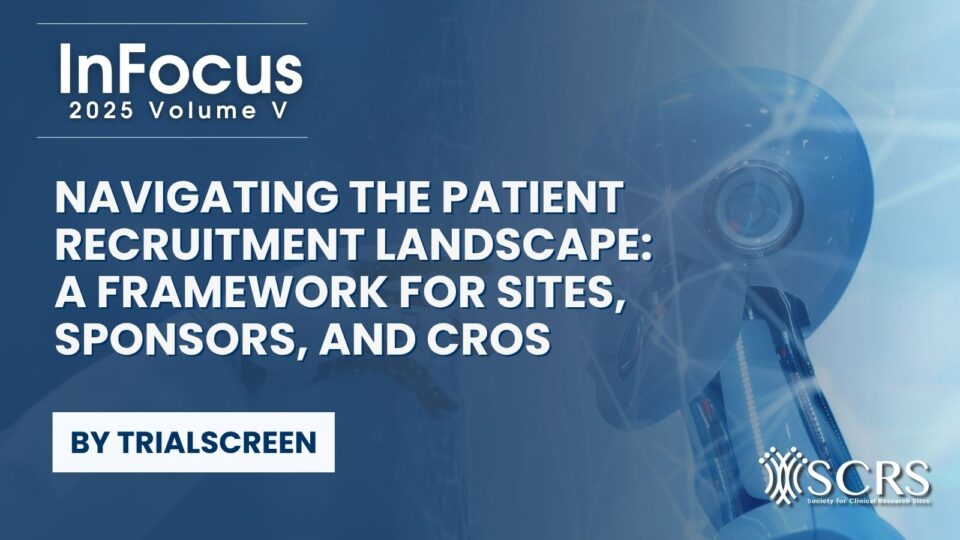Redefining Access in Clinical Trials Through Direct-to-Patient IMP Shipping

As clinical trials increasingly adopt decentralized models, access to research is being reimagined. Traditionally, participation has often depended on a patient’s proximity to a study site, creating a barrier for many due to geography, time, or health constraints. But with advances in remote healthcare delivery and clinical operations, new models are helping broaden who can take part in research and how.
One of the most transformative aspects of decentralized clinical trials is the ability to bring trial participation directly to patients, often in their own homes. This approach not only reduces the burden of travel and scheduling but also opens opportunities for populations historically underrepresented in research, including those in rural areas or with limited mobility.
What is a Direct-to-Patient Clinical Trial?
In a direct-to-patient trial, many activities typically performed at a traditional clinical site, such as screening, dosing, and follow-up, can be conducted remotely. Through telemedicine visits, research-grade nurse support, and digital monitoring, participants are able to engage in a trial without needing frequent travel to brick-and-mortar locations.
This model can lead to increased enrollment and retention by meeting participants where they are, both physically and logistically. But a key component of its success is the safe, timely, and compliant delivery of investigational medicinal products (IMPs) to participants’ homes.
Why IMP Delivery is Essential
For remote participation to be viable, study drugs must arrive securely, in proper condition, and on schedule. This adds a layer of logistical complexity that requires specialized infrastructure, from temperature-controlled packaging and global shipping capabilities to real-time tracking and pharmacy oversight. When done correctly, direct-to-patient delivery helps maintain the scientific rigor and regulatory compliance expected of any trial, while extending reach to a broader and more diverse patient population.
Expanding Access for Patients
For many potential participants, taking part in a clinical trial can be difficult, not because of willingness, but because of the demands it places on their time, health, and daily responsibilities. Direct-to-patient models help ease these pressures by allowing individuals to engage in research from the comfort of their homes. This approach is especially meaningful for those managing chronic conditions, caregiving duties, or other circumstances that make regular travel to clinical sites impractical. By centering the patient experience, these models are helping to remove participation barriers that have long gone unaddressed.
Reducing Burdens—Not Replacing Sites
It’s important to note that direct-to-patient models are not designed to replace traditional clinical sites. Instead, they reduce the operational burden on brick-and-mortar locations and open new pathways for patient participation. Hybrid models that combine virtual and in-person elements can offer the best of both worlds: maintaining oversight and data quality while expanding access and improving patient convenience.
Sponsors working with integrated partners like Science 37 and Catalent can benefit from a streamlined, end-to-end solution under a single contract, supporting faster recruitment, better retention, and more inclusive participation.
As clinical research continues to evolve, models that prioritize patient access and flexibility, while maintaining scientific and regulatory integrity, will be key to driving innovation and equity in the field.
A Real-World Example: Science 37 and Catalent
In response to these evolving needs, Science 37 and Catalent have partnered to create an integrated model that combines virtual clinical site operations with global investigational product logistics. Science 37’s Direct-to-Patient Site, supported by a licensed medical team across all 50 states, enables patients to participate in trials from home. Catalent adds a robust supply chain backbone, ensuring that medications are shipped safely and efficiently around the world.
“Catalent’s expertise in direct-to-patient logistics is a key enabler of our mission to expand access to clinical trials. By removing geographic barriers, we’re reaching more diverse patient populations, driving faster enrollment, and generating high-quality data.” – Tyler Van Horn, CEO at Science 37
Through their collaboration, they’ve supported 17 studies, enrolling nearly 1,700 patients and representing an average of 26% of the total study population per trial. Enrollment has averaged nine patients per month—the equivalent recruitment capacity of more than 15 traditional brick-and-mortar sites per study—while delivering over 6,400 medication shipments directly to participants’ homes.
“Together, we’re advancing a more inclusive and patient-centered future for clinical research, without compromising precision or quality,” – Ricky Hopson, President, Clinical and Specialty Services, and Chief of Staff at Catalent.
See firsthand results from the partnership in the case studies below:
For more information, visit Science 37 or Catalent.



